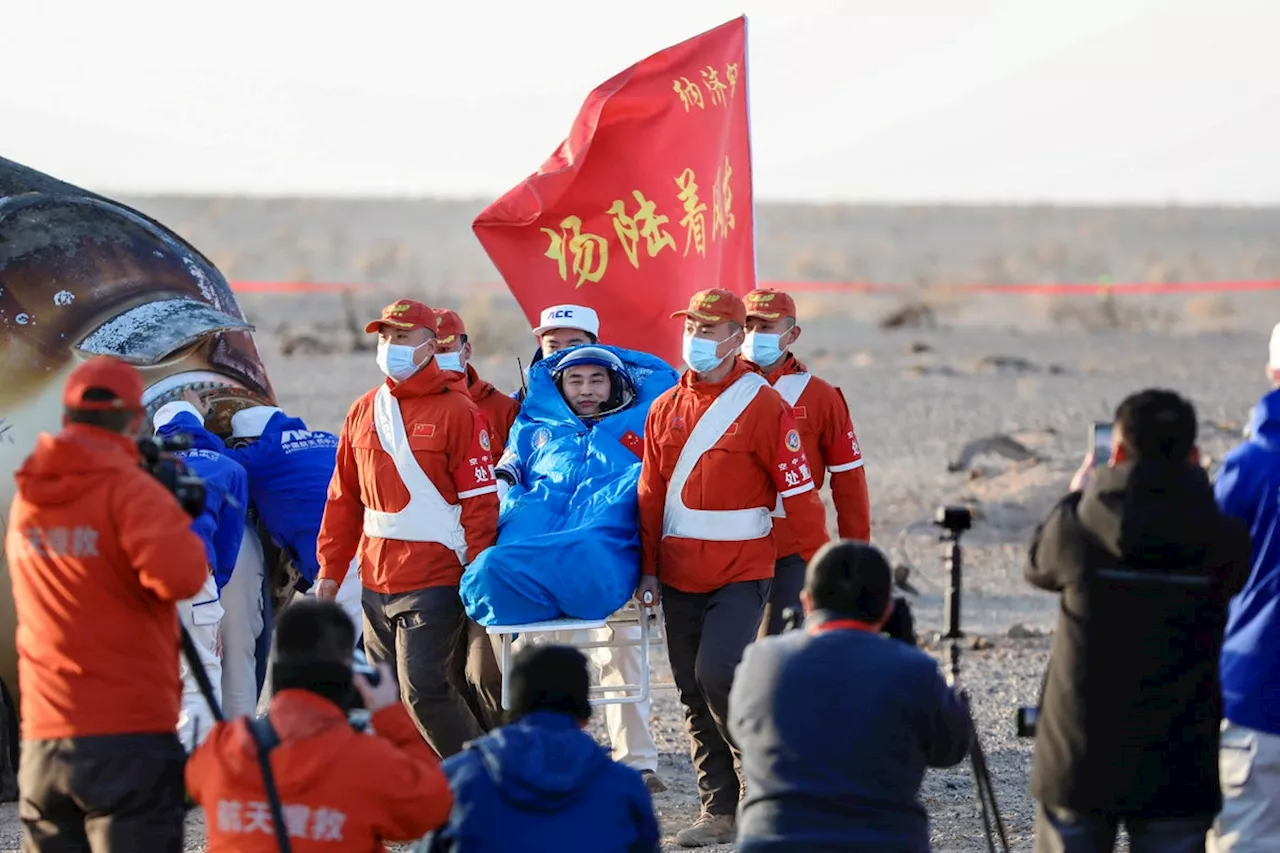China is preparing to launch the Shenzhou-22 spacecraft on November 25, 2025, in a critical mission aimed at rescuing astronauts stranded aboard the Tiangong Space Station. The mission follows a recent incident involving the Shenzhou-20, during which its crew faced delays returning to Earth due to their spacecraft being struck by debris in orbit.
The China Manned Space Agency announced that the upcoming launch will take place from the Jiuquan Satellite Launch Center in northwest China. The astronauts aboard the Shenzhou-20 successfully returned to Earth on November 14, but the damage sustained by their spacecraft raised significant safety concerns. Experts emphasize the necessity of addressing such risks more effectively as space missions become increasingly common.
Astronomer Jonathan McDowell from the Center for Astrophysics | Harvard & Smithsonian highlighted the precarious situation faced by the Shenzhou-20 crew. While the damaged spacecraft remains docked at the Tiangong, it poses potential risks in an emergency. “Technically, the damaged spacecraft could have been used, but the extent of the damage is unclear,” he noted. McDowell further remarked that balancing risks is a fundamental aspect of spaceflight, suggesting that even established agencies like NASA might hesitate in similar circumstances.
The rising problem of space debris complicates the situation. As the number of objects in orbit increases, space agencies must develop more robust contingency plans for astronaut safety. McDowell emphasized the importance of international cooperation to protect astronauts of various nationalities in orbit. He believes that as crewed missions expand, having effective human rescue plans will become essential.
Analyst Jan Osburg from the RAND Corporation also stressed the potential for governmental space agencies to collaborate with private companies and non-governmental organizations to enhance their response capabilities. He cited the existing docking systems used by the United States and Russia at the International Space Station (ISS) as a model for mitigating risks to astronauts from different countries.
If the launch of the Shenzhou-22 is successful, it will demonstrate China’s ability to respond rapidly to emergencies in space. Osburg described this capability as a significant achievement, especially in light of past incidents, such as the prolonged stay of two NASA astronauts at the ISS last year due to docking complications with Boeing’s capsule.
China’s human exploration program remains a top priority, with ambitions to send astronauts to the Moon by 2030. The planned launch of the Shenzhou-22 embodies the nation’s commitment to advancing its space capabilities and addressing the challenges posed by modern space exploration.
